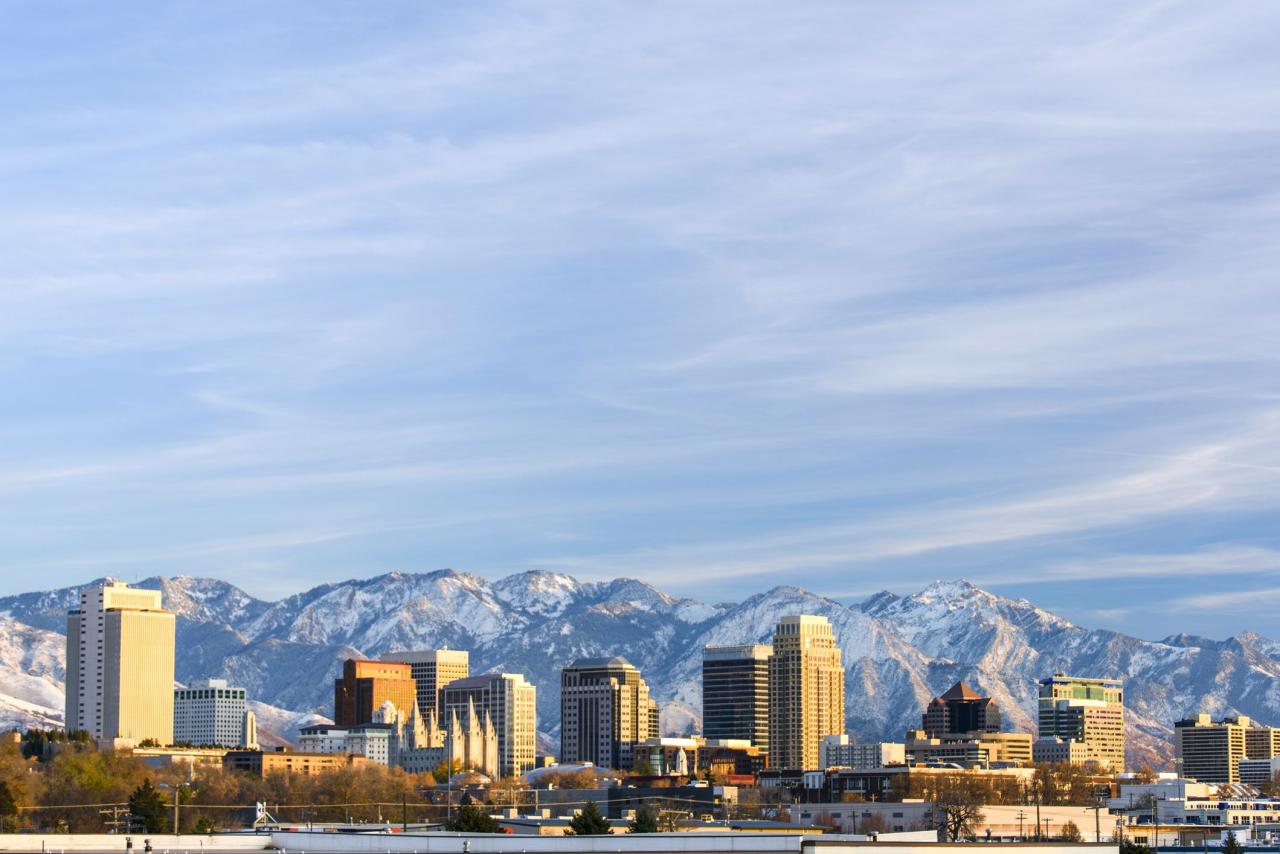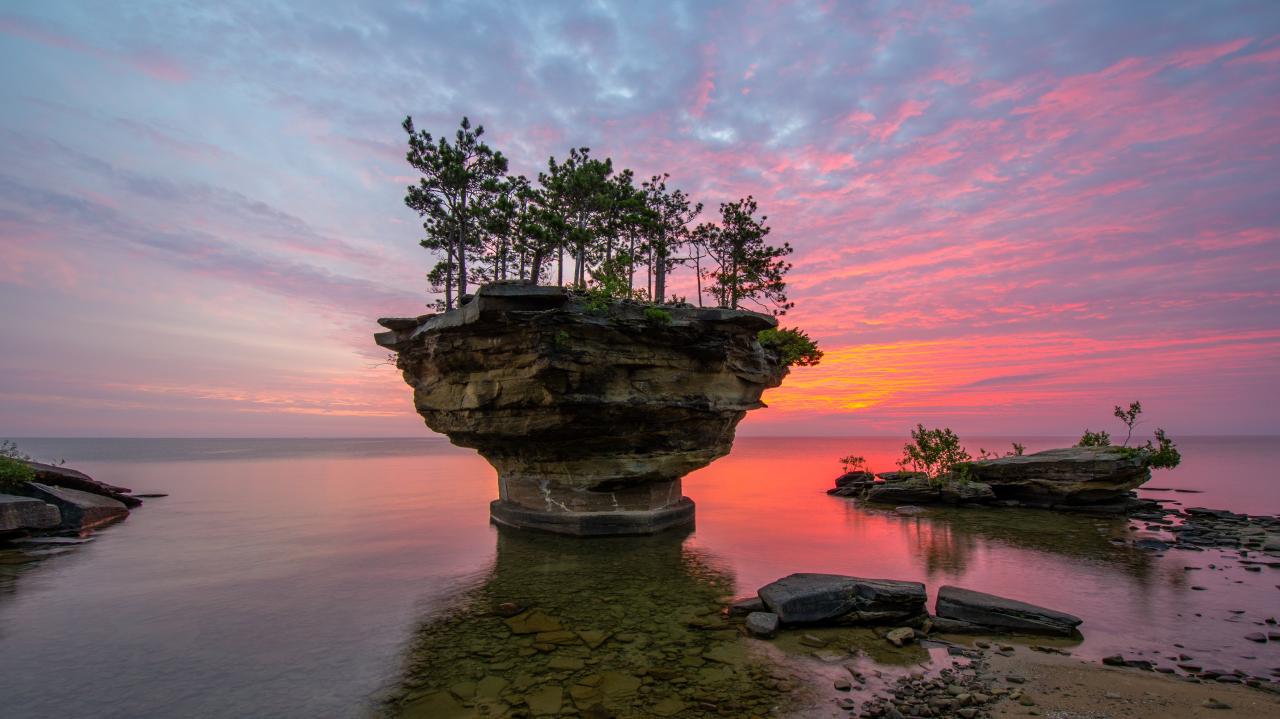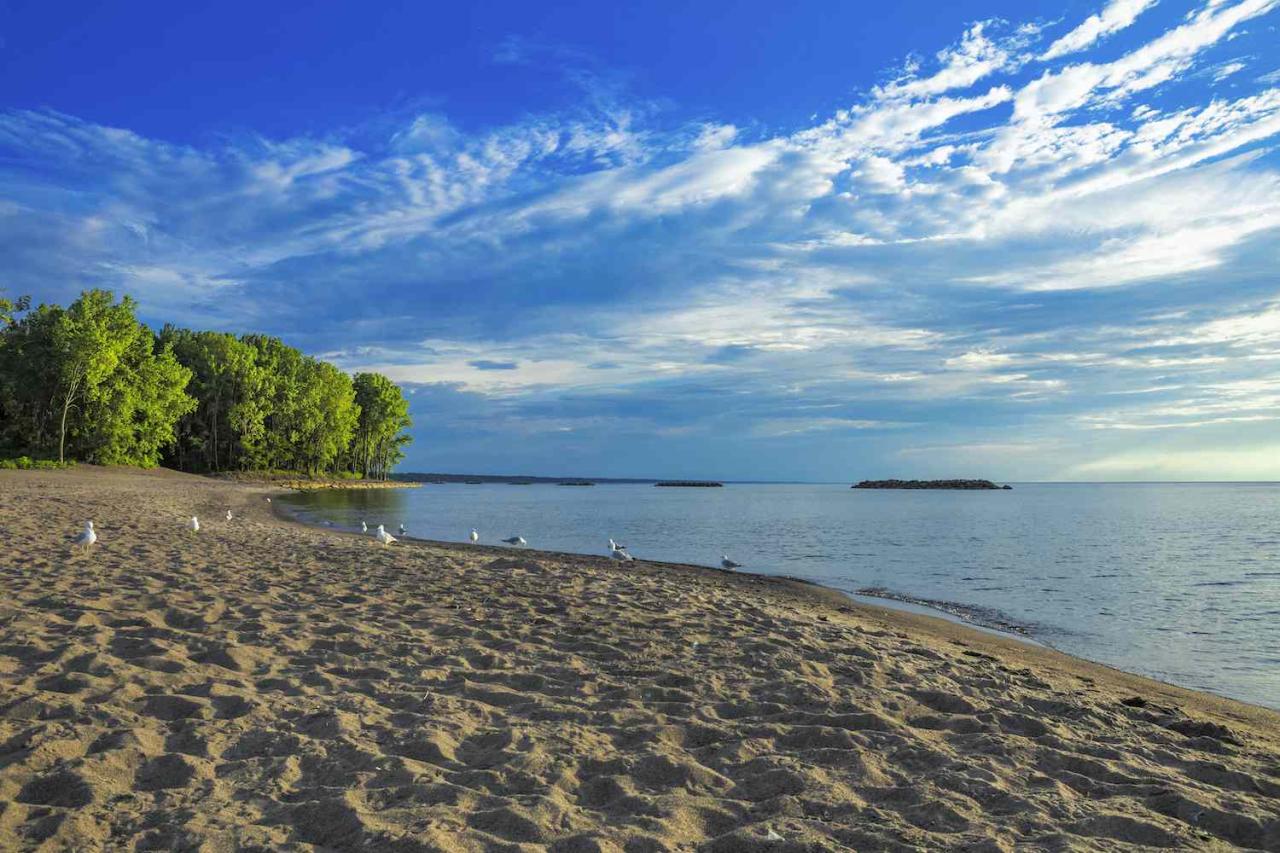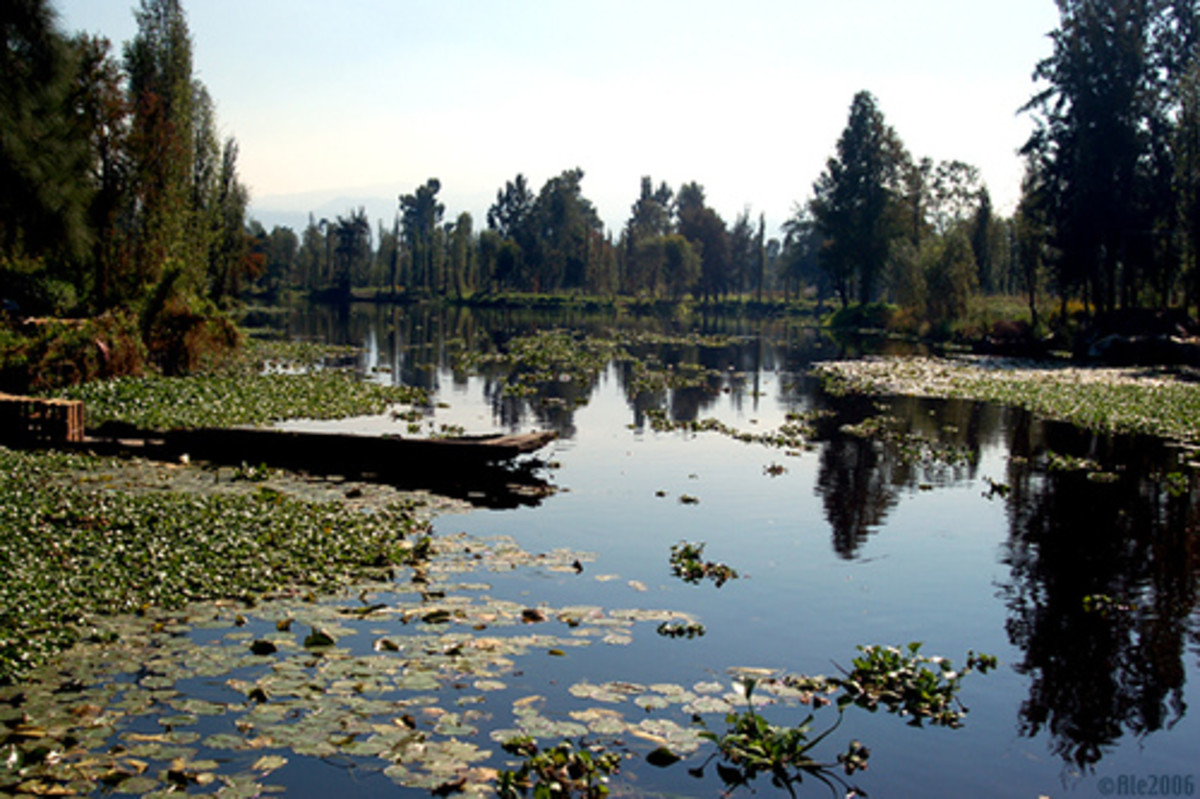Lake Tahoe, a breathtaking jewel nestled amidst the towering Sierra Nevada mountains, captivates visitors with its crystal-clear waters, pristine shores, and awe-inspiring natural beauty. This iconic alpine lake, straddling the border of California and Nevada, boasts a rich history, diverse ecosystem, and endless recreational opportunities.
From its geological origins to its vibrant culture, Lake Tahoe offers a captivating blend of natural wonder and human experience.
The lake’s unique geography, encompassing a vast surface area and impressive depth, creates a mesmerizing environment that draws adventurers and nature enthusiasts alike. The surrounding mountains, with their rugged peaks and verdant slopes, contribute to the lake’s exceptional beauty and provide a dramatic backdrop for a wide array of outdoor activities.
Lake Tahoe Geography
Nestled amidst the majestic Sierra Nevada mountains, Lake Tahoe is a breathtaking natural wonder that straddles the border of California and Nevada. Situated at an elevation of 6,225 feet (1,897 meters) above sea level, this alpine gem boasts an impressive surface area of 191 square miles (494 square kilometers).
The lake’s remarkable depth, reaching a maximum of 1,645 feet (501 meters), makes it the second deepest lake in the United States.
Geological Formation and Unique Features
Lake Tahoe’s formation is a testament to the powerful forces of nature. Millions of years ago, volcanic activity and glacial erosion shaped the landscape, creating a deep basin that eventually filled with water. The lake’s crystal-clear waters, renowned for their exceptional visibility, are a result of the absence of sediment and the presence of granite bedrock.
The surrounding mountains, which rise dramatically from the lake’s edge, contribute to the region’s unique microclimates and diverse ecosystems.
Surrounding Mountains and Their Impact
The Sierra Nevada mountains play a vital role in Lake Tahoe’s ecosystem. Their towering peaks act as natural barriers, influencing the lake’s weather patterns and creating distinct microclimates. The mountains also serve as watersheds, providing a constant supply of fresh water to the lake.
The forests and meadows that blanket the slopes provide habitat for a wide variety of wildlife, while the granite peaks offer stunning vistas and opportunities for outdoor recreation.
Lake Tahoe Climate and Weather
Lake Tahoe’s climate is characterized by four distinct seasons, each offering unique experiences for visitors and residents alike. The lake’s elevation and surrounding mountains create a microclimate that is cooler and wetter than the surrounding valleys.
Seasonal Changes and Microclimates
- Summer: Summers in Lake Tahoe are typically warm and sunny, with average temperatures ranging from the mid-70s to the low 80s Fahrenheit (21-28 Celsius). The lake provides a refreshing escape from the summer heat, with opportunities for swimming, boating, and water sports.
- Winter: Winters in Lake Tahoe are known for their heavy snowfall, averaging over 300 inches (762 centimeters) annually. The snow-capped mountains provide a winter wonderland for skiers, snowboarders, and snowshoers.
- Spring: Spring brings a gradual transition from winter to summer, with melting snow and blooming wildflowers. The lake’s waters start to warm, and the surrounding forests come alive with the sounds of birdsong.
- Fall: Autumn in Lake Tahoe is a time of vibrant colors as the leaves change from green to shades of gold, orange, and red. The cooler temperatures make it a pleasant time for hiking and exploring the region’s scenic trails.
The elevation differences around Lake Tahoe create distinct microclimates. The higher elevations experience colder temperatures and heavier snowfall, while the lower elevations enjoy milder temperatures and less precipitation.
Lake Tahoe Ecology
Lake Tahoe’s pristine waters and surrounding mountains support a rich and diverse ecosystem. The lake is home to a variety of fish species, birds, and mammals, while the surrounding forests and meadows provide habitat for a wide range of plant life.
Flora and Fauna
- Fish: Lake Tahoe is known for its abundance of fish, including rainbow trout, kokanee salmon, and mackinaw trout. These fish are popular targets for anglers, who enjoy the lake’s clear waters and abundant fishing opportunities.
- Birds: The lake and surrounding mountains are home to a diverse array of bird species, including bald eagles, osprey, and California gulls. The lake’s shores and nearby wetlands provide nesting grounds and feeding areas for these feathered residents.
- Mammals: Mammals that inhabit the Lake Tahoe region include black bears, deer, and mountain lions. These animals play an important role in the ecosystem, contributing to the balance of nature.
Impact of Human Activities
Human activities have had a significant impact on Lake Tahoe’s ecosystem. Pollution from sewage, runoff, and air pollution has degraded water quality, while invasive species have threatened native plants and animals. Habitat loss due to development has also impacted wildlife populations.
Conservation Efforts
Recognizing the importance of protecting Lake Tahoe’s natural beauty and ecological balance, various conservation efforts have been implemented. These efforts include reducing pollution, controlling invasive species, and restoring degraded habitats. The Lake Tahoe Basin Management Unit (LTBMU) and other organizations are actively working to preserve the lake’s ecosystem for future generations.
Lake Tahoe Recreation and Tourism
Lake Tahoe is a renowned destination for outdoor recreation and tourism, offering a wide range of activities for visitors of all ages and interests. From swimming and boating to hiking and skiing, there’s something for everyone to enjoy.
Recreational Activities
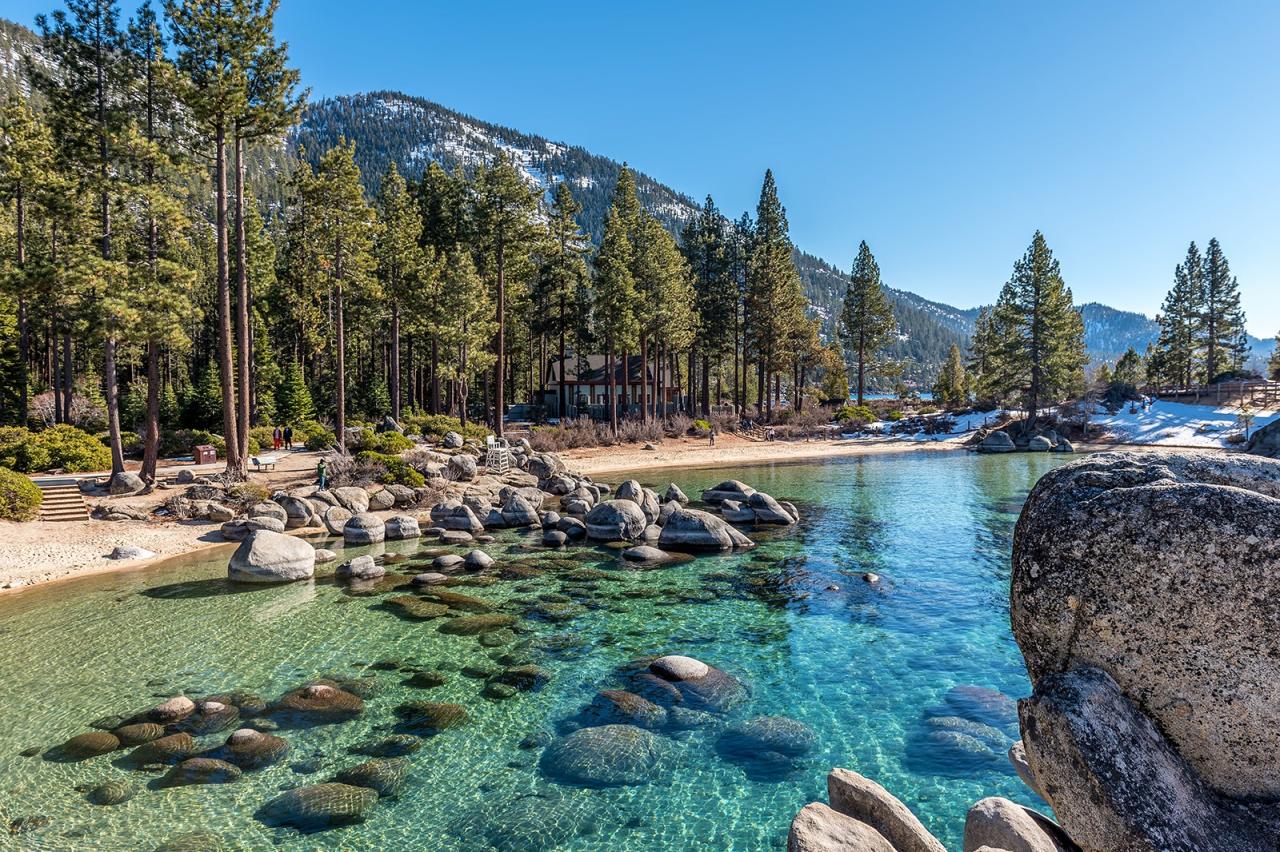
- Swimming and Boating: The lake’s clear waters and stunning scenery make it an ideal location for swimming, boating, and water sports. Visitors can rent kayaks, paddleboards, and boats to explore the lake’s coves and inlets.
- Fishing: Lake Tahoe is a popular destination for anglers, who come to cast their lines for rainbow trout, kokanee salmon, and mackinaw trout.
- Hiking and Biking: The surrounding mountains offer miles of trails for hiking, biking, and horseback riding. The Tahoe Rim Trail, a 170-mile loop around the lake, is a popular choice for experienced hikers.
- Skiing and Snowboarding: In winter, Lake Tahoe transforms into a winter wonderland, with world-class ski resorts offering slopes for all levels of skiers and snowboarders.
Tourist Attractions and Destinations
- Casinos: The Nevada side of Lake Tahoe is home to several casinos, offering a variety of gaming, entertainment, and dining options.
- Resorts: Lake Tahoe is dotted with luxurious resorts, offering stunning views of the lake and mountains, along with amenities such as spas, golf courses, and fine dining.
- Scenic Viewpoints: The lake and surrounding mountains offer numerous scenic viewpoints, providing breathtaking vistas of the region.
Events and Festivals
Throughout the year, Lake Tahoe hosts a variety of events and festivals, celebrating the region’s culture and natural beauty. These events include music festivals, art shows, and sporting competitions, attracting visitors from around the world.
Lake Tahoe History and Culture
Lake Tahoe has a rich history, dating back to the ancient times when Native American tribes inhabited the region. The lake’s beauty and natural resources have drawn people to its shores for centuries, shaping its cultural landscape.
Native American Heritage
The Washoe people, a Native American tribe, were the original inhabitants of the Lake Tahoe region. They had a deep spiritual connection to the land and its resources, living in harmony with nature. The Washoe language and traditions continue to be a vital part of the region’s cultural heritage.
European Exploration and Settlement
European explorers first arrived in the Lake Tahoe region in the 19th century. The discovery of gold in the Sierra Nevada mountains led to a surge of settlement and development, transforming the region’s landscape and economy. The development of tourism further shaped the area’s cultural identity, attracting visitors from around the world.
Cultural Significance, Lake tahoe
Lake Tahoe has inspired artists, writers, and musicians for generations. Its natural beauty and serenity have been captured in paintings, poems, and songs, making it a symbol of beauty and inspiration. The lake’s cultural significance continues to be celebrated through art exhibitions, literary events, and musical performances.
Lake Tahoe Challenges and Future
Despite its beauty and recreational opportunities, Lake Tahoe faces a number of environmental challenges, including water quality, pollution, and climate change. These challenges threaten the lake’s ecosystem and its future as a beloved destination.
Environmental Challenges
- Water Quality: Runoff from urban development, agriculture, and other sources has degraded the lake’s water quality, leading to increased levels of nutrients and pollutants.
- Pollution: Air pollution from nearby cities and industrial areas can impact the lake’s ecosystem, while sewage spills and other forms of pollution pose threats to water quality.
- Climate Change: Climate change is expected to exacerbate existing challenges, with rising temperatures, changes in precipitation patterns, and more frequent wildfires impacting the lake’s ecosystem.
Efforts to Address Challenges
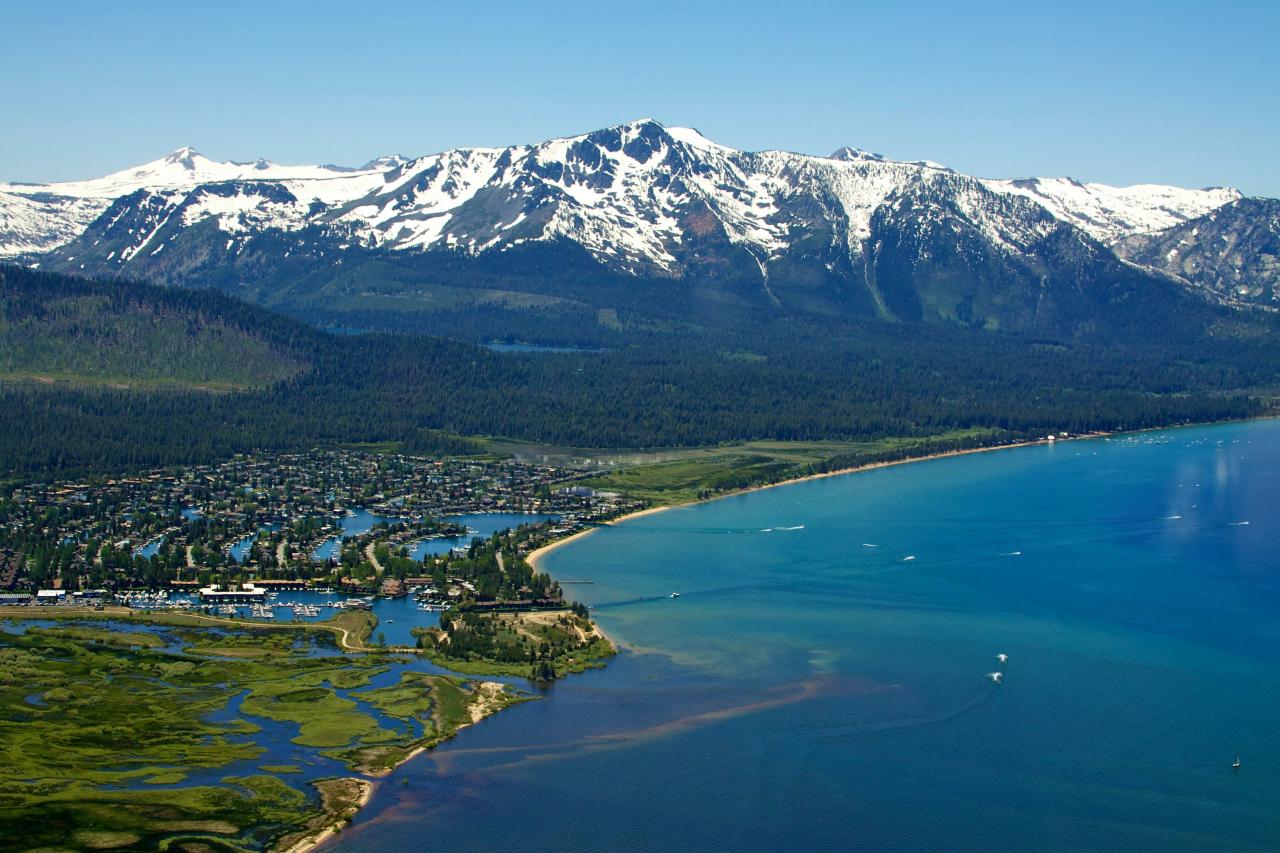
Various efforts are underway to address these challenges and promote sustainable development in the Lake Tahoe region. These efforts include reducing pollution, restoring degraded habitats, and promoting sustainable tourism practices.
Vision for the Future
The future of Lake Tahoe depends on the continued commitment to preserving its natural beauty and cultural heritage. By addressing environmental challenges, promoting sustainable development, and fostering a sense of stewardship among residents and visitors, Lake Tahoe can continue to be a treasured destination for generations to come.
Last Point
Lake Tahoe stands as a testament to the enduring power of nature and the importance of preserving our planet’s treasures. Its serene waters, vibrant ecosystems, and cultural heritage continue to inspire and enchant visitors from around the globe. As we explore its depths and marvel at its beauty, let us commit to protecting this remarkable gem for future generations to enjoy.


